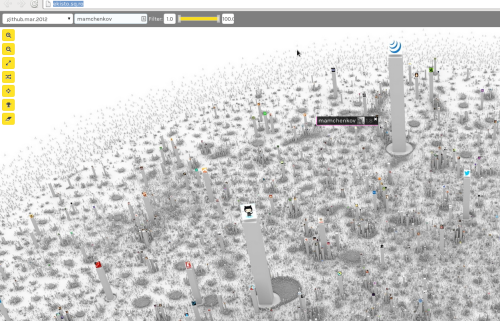https://www.youtube.com/watch?v=ZTy3qG_qInU
Tag: visual arts
Next time you believe your eyes, check again!
Stealing Mona Lisa
As he entered the Salon Carré, the thief headed straight for the Mona Lisa. Lifting down the painting and carrying it into an enclosed stairwell nearby was no easy job. The painting itself weighs approximately 18 pounds, since Leonardo painted it not on canvas but on three slabs of wood, a fairly common practice during the Renaissance. A few months earlier, the museum’s directors had taken steps to physically protect the Mona Lisa by reinforcing it with a massive wooden brace and placing it inside a glass-fronted box, adding 150 pounds to its weight. The decorative Renaissance frame brought the total to nearly 200 pounds. However, only four sturdy hooks held it there, no more securely than if it had been hung in the house of a bourgeois Parisian. Museum officials would later explain that the paintings were fastened to the wall in this way to make it easy for guards to remove them in case of fire.
Ekisto – visualizing online habitats
Slashdot is linking to Ekisto – a project to visualize online communities like if they were cities. So far there are only GitHub, StackOverflow and Friendfeed (really? Friendfeed?). I’ve seen plenty of data visualization, especially for GitHub, but I have to say that this is one of the most interesting ones ever.
Here is a quote from the About page that explains how it works:
Ekisto comes from ekistics, the science of human settlements.
Ekisto is an interactive visualization of three online communities: StackOverflow, Github and Friendfeed. Ekisto tries to imagine and map our online habitats using graph algorithms and the city as a metaphor.
A graph layout algorithm arranges users in 2D space based on their similarity. Cosine similarity is computed based on the users’ network (Friendfeed), collaborate, watch, fork and follow relationships (Github), or based on the tags of posts contributed by users (StackOverflow). The height of each user represents the normalized value of the user’s Pagerank (Github, Friendfeed) or their reputation points (StackOverflow).
John Carmack talks about the physics of light and rendering
For a while now I am thinking that you don’t really know something until you can easily explain it or talk about it, in simple words and with people who might not even know one thing about the subject. John Carmack is well known and respected in the field of computer graphics and gaming, and watch him talk about light and rendering! I now nothing of it, and I watch this whole talk, glued to the screen, catching every word.
[youtube=http://www.youtube.com/watch?v=P6UKhR0T6cs]
Apart from the physics of light, this provokes thought on other subjects too. The complexity of simple things comes to mind. Something that we all observe every day and seldom think about – turns out to be so complex. The importance of computer games is another subject. I’m a big fan of Quake in particular, and I’ve heard a billion times people asking questions on why is this important at all and how this makes the world better. Well, I guess, that question is easy to answer now. Some game makers push the technology, push the science, and they do make the world better. But they need us – gamers, once in a while, to pay for that and to provide feedback on what works and what doesn’t.

